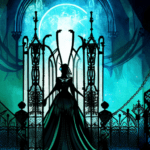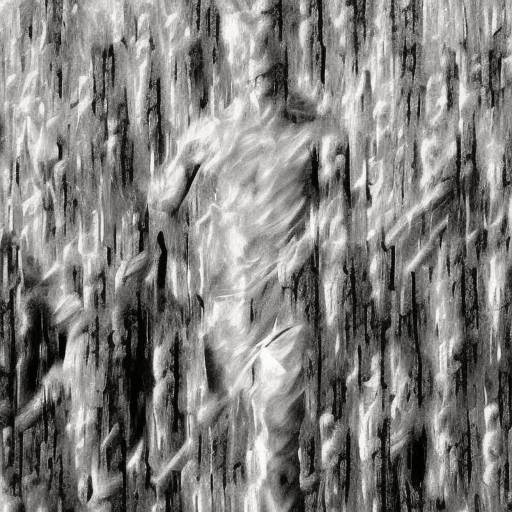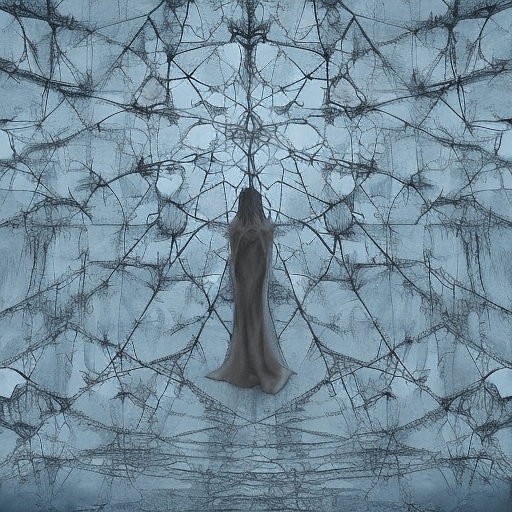Dreams by Akira Kurosawa
One-line Summary:
Dreams, directed by Akira Kurosawa, is a collection of eight mesmerizing vignettes that explore the boundaries between reality and imagination. Each story is a vivid portrayal of dreams and their impact on human existence, ranging from the whimsical to the profound.
Main Cast and Crew:
- Director: Akira Kurosawa
- Writers: Akira Kurosawa, Ishirō Honda
- Key Actors: Akira Terao, Mitsuko Baisho, Toshie Negishi, Mieko Harada, Martin Scorsese
- Music Director: Shinichirō Ikebe
- Director of Photography: Takao Saito, Shoji Ueda
- Producers: Hisao Kurosawa, Mike Y. Inoue
Plot:
Dreams takes viewers on a journey through various dreamscapes, each with its own unique narrative. From a young boy’s encounter with a forest full of spirits to a man’s surreal conversation with Vincent van Gogh, the film delves into the depths of the human subconscious.
In one segment, “Sunshine Through the Rain,” a young boy disobeys his mother’s warning and ventures into a forbidden forest. There, he encounters a magical world inhabited by foxes and other mythical creatures. The boy is granted a glimpse into a secret ceremony, but he is sworn to secrecy. As punishment for breaking his promise, he is cursed with eternal rain.
Another segment, “The Peach Orchard,” depicts a surreal landscape where a group of people are harvesting peaches during a snowstorm. As the snow intensifies, the peaches transform into human-like spirits, dancing and celebrating the beauty of nature. This segment explores the interconnectedness between humans and the natural world.
Throughout the film, Kurosawa explores themes such as the destructive power of nuclear weapons, the importance of preserving nature, and the resilience of the human spirit in the face of adversity. The stories serve as cautionary tales, urging viewers to reflect on the consequences of their actions and the fragility of the world we inhabit.
Reception and Legacy:
Upon its release in 1990, Dreams received critical acclaim for its stunning visuals and thought-provoking storytelling. The film was praised for its ability to capture the essence of dreams and translate them onto the screen. Although it did not receive any major awards, Dreams remains a testament to Kurosawa’s mastery as a filmmaker.
Dreams has had a lasting impact on cinema, inspiring filmmakers and artists around the world. Its innovative storytelling techniques and visual aesthetics continue to influence contemporary filmmakers. The film’s exploration of dreams and their significance in human life has resonated with audiences, making it a timeless piece of cinema.
Recommendation:
Dreams is a must-watch for fans of Akira Kurosawa and those who appreciate visually stunning and thought-provoking cinema. The film’s episodic structure allows for a diverse range of narratives, ensuring that there is something for everyone. It is a cinematic masterpiece that transports viewers into a world where dreams and reality intertwine.
Memorable Quote:
“Remember, the things you see in your dreams are as real as anything in this world.” – Dreams by Akira Kurosawa












